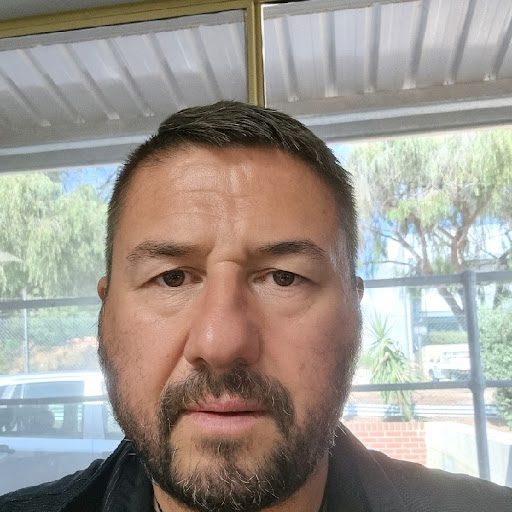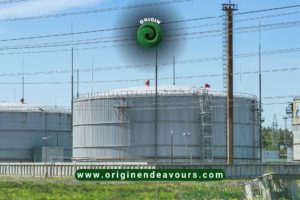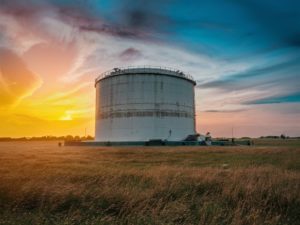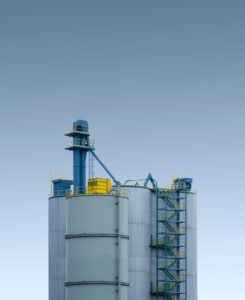Table of Contents

Visual Non Destructive Testing is a technique used to check the integrity of a structure without making physical contact or breaking the surface. This testing method uses cameras and other visual inspection methods to detect defects, stress points, and corrosion without damaging the surface of the item being inspected.
Visual Non Destructive Testing helps in reducing failures and costs associated. With maintenance of equipment by detecting corrosion, cracks on welds, broken fasteners, stress points, etc., which are not visible to the human eye.
This article will explore what Visual Non Destructive Testing is and why it’s important within the manufacturing process.
What is Visual Non Destructive Testing?
Visual Non Destructive Testing is a test method where one or more instruments are used to examine a material or structure to gain information about its properties or condition without causing damage.
The purpose of Visual Non Destructive Testing is to provide information about a material’s condition. Such as cracks, defects, corrosion, or defects in a non destructive manner. Visual Non Destructive Testing can be done with such instruments as a binocular microscope, a borescope, an endoscope, or a spectral reflectance analyzer.
Visual Non Destructive Testing is often used to inspect manufactured parts, welds, and the condition of critical equipment such as oil and gas pipelines, bridges, and power plants. It is also used to inspect aircraft, ships, and other vehicles.
Benefits of Visual Non Destructive Testing
If you are using visual non destructive testing. Then you don’t have to worry if your product is going to be defective. You will know that your product is absolutely perfect. Some of the benefits of visual non destructive testing include:
- Improved quality control in production: During visual non destructive testing, you will be able to see whether the product is perfect or not. If it doesn’t meet the standards, then you can make changes and bring the product back to the standards.
- Minimized scrap: Since you know exactly what the product should look like and what it should be, you can minimise the amount of scrap.
- Better reputation: If you want to increase your reputation and build trust among your customers, then visual non destructive testing is the way to go.
- Cost reduction: Visual non destructive testing leads to a better quality of products, and that ultimately results in cost reduction.
- Visual inspection efficiency through automation: If you use automation to increase the efficiency of visual inspection, then you will be able to examine the entire product.
- Reduced risk of accidents: If your product is not up to the standards, then it can cause a lot of accidents. Visual non destructive testing will let you know whether the product is up to the standards or not. With our non destructive testing, you can reduce the risk of accidents.
Limitations of Visual Non Destructive Testing
There are certain limitations of visual non destructive testing. However, if you use the right methods for inspection and testing, then you can overcome these limitations. Some of the limitations of visual non destructive testing include:
- It can only detect surface flaws: With visual non destructive testing, you can only detect surface flaws. If you have a structural flaw, then you will have to do destructive testing.
- It is not accurate for brittle materials: Since visual non destructive testing works by using the indentation of the material, brittle materials can cause false results.
- It can’t be used to test inside the product: Visual non destructive testing can only be used on the external surface of the product.
How Does Visual Non Destructive Testing Work?
Visual non destructive testing is a method of inspection that doesn’t require any kind of damage to the structure. With visual non-destructive testing, you can easily determine whether there are any flaws in the material. Some of the methods used in visual non-destructive testing include:
- Liquid penetrant inspection: To test the surface of the part for flaws.
- Magnetic particle inspection: To detect flaws in ferromagnetic materials.
- Dimensional inspection: To determine if the part is within the specified dimensions.
- Electrical testing: To see if all parts are functioning as they should be.
- Fatigue testing: To determine the lifespan of the part.
- Bond testing: To inspect the adhesion of a material to another.
- Crack testing: To determine if there is a crack in the material.
Why is Visual Non Destructive Testing Important?
With Visual non destructive testing you can make sure the product is:
- Make sure that your product is free from defects. If you don’t use visual non destructive testing, then there are chances that your product will have defects.
- Make sure that your product is absolutely flawless.
- You can easily make sure that your product meets the standards.





